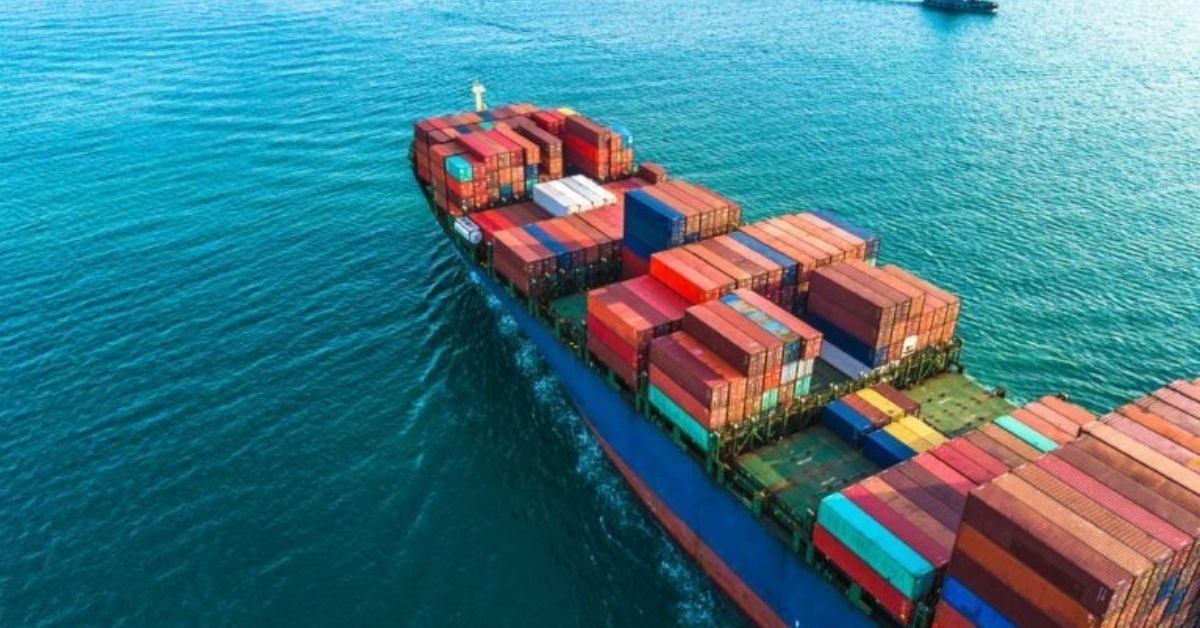Suppliers at the port of Colombo have retracted offers for delivered 380 CST high sulfur fuel oil due to shortages of the bunker grade as local refineries direct the available product for power generation in a bid to stem Sri Lanka’s acute energy crisis, industry sources told S&P Global Platts.
The country also is grappling with a foreign exchange crunch because of a sharp depreciation of the Sri Lankan rupee against the dollar, and rising inflation and elevated oil prices have only added to its woes.
The situation has been exacerbated by a collapse of the tourism sector due to the pandemic, market sources said.
Frequent breakdowns at the Lakvijaya coal-fired power station, the largest generator in Sri Lanka at 900 MW capacity, have disrupted electrical supply to households, they said.
To cope with the power shortage, upstream refineries like Ceylon Petroleum Corp. have directed available resources to the local oil-fired power generators, they added.
“We are experiencing HSFO availability issues from CPC. Cargoes are presently used for power generation,” a Colombo-based bunker supplier said Feb. 8, adding that more stockpiles for bunker use could be made available around late-February, if the situation eases.
Another bunker supplier said the “foreign exchange situation and falling reserves” had put the country in a tight spot as it dealt with a shortage of diesel and furnace oil to generate power.
Meanwhile, a trader said low sulfur fuel oil and marine gasoil operations continued undisrupted and supplies are ample, as the oil-powered power plants mostly required HSFO and diesel.
Premiums of Colombo-delivered marine fuel 0.5%S bunker over the benchmark Singapore Marine Fuel 0.5%S cargo assessments averaged $42.83/mt Feb. 3-8, down from the average of $62.27/mt in January, according to Platts data.
Limited HSFO availability has propped up its prices.
Colombo-delivered IFO 380 CST bunker fuel averaged $622.76/mt Feb. 1-8 compared with an average of $595.09/mt in January, according to Platts Bunkerworld data.
Hopes on monsoons, financial aid
“Fuel oil demand from the utility sector is likely to ease in April, because hydroelectric power stations will be activated during the monsoon season,” the first bunker supplier said.
The second supplier echoed a similar sentiment. “Hydro becomes active after monsoons and that should help tide the situation.”
The southwestern monsoon usually brings rain to the southwest of Sri Lanka between May and September.
The country was also procuring supplies from overseas markets to deal with the shortage.
The Colombo Refinery most recently received a shipment comprising 600,000 barrels of Murban crude from the UAE, with another 700,000 barrels due to arrive Feb. 15, according to latest Kpler shipping data.
Sri Lanka was also purchasing a 40,000 mt diesel cargo from India, a refiner source in India said.
Sri Lankan regulators have imposed power rationing measures to tackle fuel oil shortages while also seeking financial assistance to cushion the scarcity, market sources said.
In January, India announced about $900 million in loan assistance to Sri Lanka to help it tide over shortages and build up its dwindling foreign reserves, according to local media.
The two countries have also inked a long-pending agreement recently to jointly develop the strategically located Trincomalee Oil Tank farm. As part of the agreement, Indian Oil Corp. subsidiary Lanka IOC would be given a 49% stake in the joint development of the farm, with CPC keeping 51%.
HSFO demand firm in Asia
HSFO demand continues to be firm in Asia as high gas prices have meant increased use of fuel oil for industrial production and power generation.
LNG prices had a significant turnaround in 2021 versus 2020, as JKM, the benchmark price for spot LNG in northeast Asia, averaged $15.03/MMBtu during the year, with the daily physical assessment hitting an all-time high of $56.33/MMBtu on Oct. 6 as both Asia and Europe were competing for supplies ahead of the start of winter.
S&P Global Platts Analytics expects JKM to average more than $30/MMBtu for deliveries in the first quarter due to the threat of cold temperatures and a tight global gas market, especially in Europe, where inventories remain well below historical norms.
The Singapore-delivered marine fuel 0.5%S bunker differential against the 380 CST high sulfur fuel oil delivered assessment rose to an average $123.81/mt during the second half of 2021, from an average of $111.63/mt in the first half, Platts data showed. This differential has strengthened to average $185.66/mt since 2022 through Feb. 8, most recently rising to a two-year high of $210/mt Feb. 4, the data also showed.
The share of HSFO within the global marine fuel demand mix is likely to rise to 21% in 2023 from 15% in 2020, and further to 28% by 2030, according to Platts Analytics.
Source : Hellenic Shipping News








